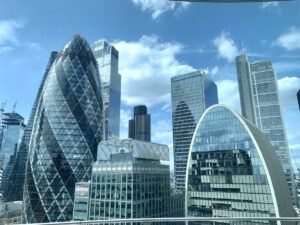UPC’s first annual report – a brief overview
The Unified Patent Court (UPC) has recently produced its first annual report, for 2024. The report provides an overview of the Court,
Subscribe to our insights here so you can keep on top of the latest IP developments and updates.

The Unified Patent Court (UPC) has recently produced its first annual report, for 2024. The report provides an overview of the Court,

Food & beverage innovations can be patented through unique formulations & processes. Boult provides expert patent drafting to protect your ideas effectively.

The UPC ruling highlights the importance of timely action for provisional measures, stressing quick evidence gathering and adherence to procedural rules for patent claims.

Oral proceedings before the Enlarged Board of Appeal (G1/24) were held on 28 March 2025, to discuss the extent to which the

Boult named UK Trademark Prosecution Firm of the Year, (Patent & Trademark Attorney firms), by MIP 2025.

We are pleased to announce that Boult has been ranked as a Recommend Patent Firm by JUVE Patent in its Patent Filing

We are pleased to announce that Matt Ridley, Partner, has been appointed President of the British Group of UNION-IP. UNION-IP is an

We are thrilled that Boult has been featured as a highly recommended firm in the World IP Review – UK Trade Mark Rankings